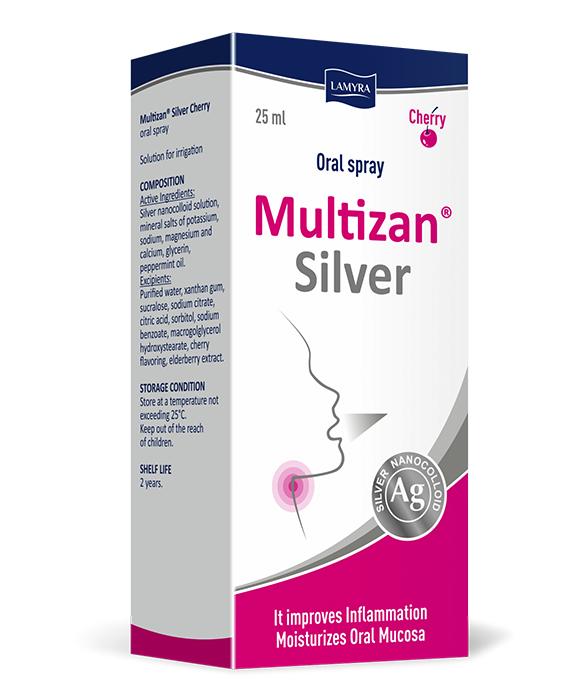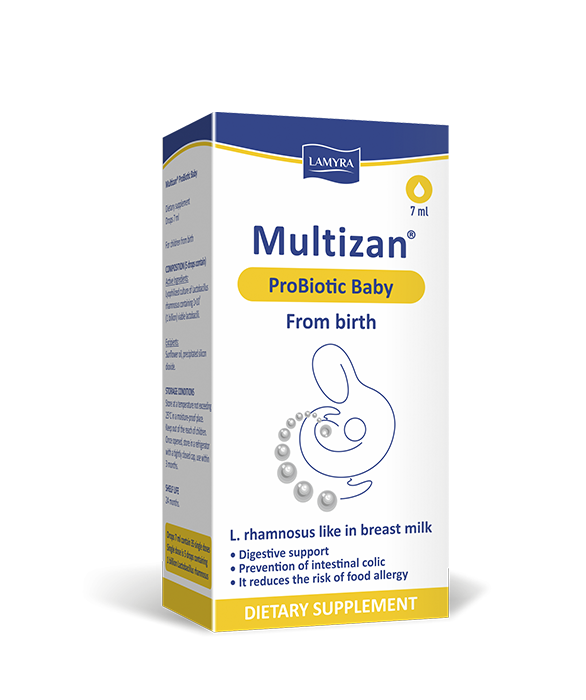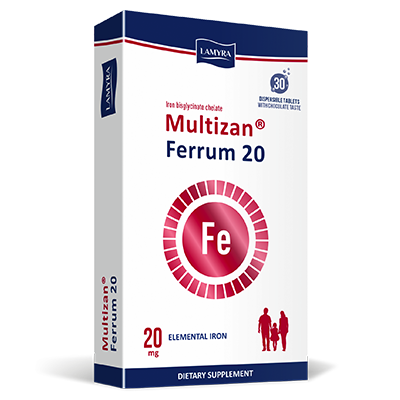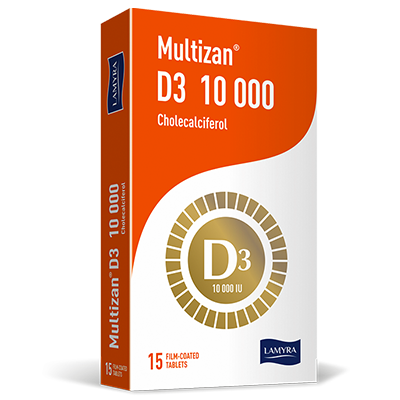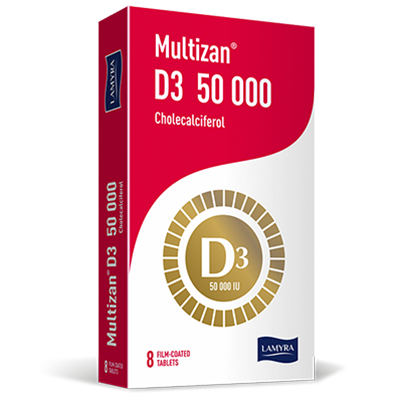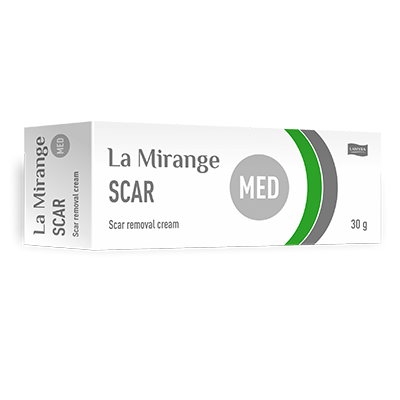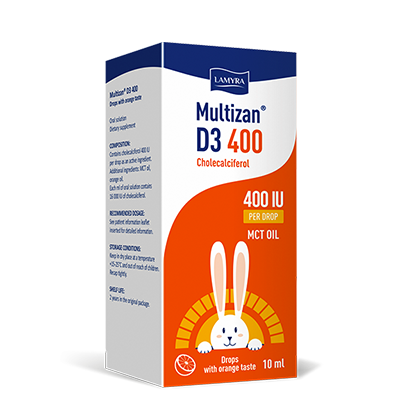Pelargonium sidoides, a plant native to South African belonging to the genus Pelargonium, the family Geraniaceae, was first identified in Germany in 1972. The plant grows up to 20-80 cm in height, has grayish-green leaves and purple flowers. The roots of Pelargonium sidoides are used as raw materials for the production of extracts.
Modern medical studies have discovered several mechanisms of action of this unique herbal extract.
Pelargonium sidoides extracts have been tested and have shown good activity against a number of viruses, including influenza A viruses (H1N1, H3N2), Coxsackie A9 virus, human coronavirus, respiratory syncytial virus (RSV), parainfluenza virus and herpes simplex viruses (HSV-1, HVS -2).
The extract and its phenolic components exhibit antiviral activity, preventing the binding of a virus with the receptors of a host cell and inhibiting a neuraminidase enzyme. In addition, the fight against viral infections may occur due to the production of interferons (IFNs) by host cells, suggesting that therapy with Pelargonium sidoides can be carried out by stimulating the innate immune system.
Based on the current state of the study using models in vitro, it is clear that the mechanism of action of Pelargonium sidoides in relation to antiviral activity may involve several routes.
The direct antiviral activity of a water pelargonium extract against herpes simplex virus type 1 (HSV-1) and type 2 (HSV-2) was evaluated in vitro in RC-37 cells using a plaque reduction assay. Both herpes viruses cause infections with recurrent orofacial (HSV-1) and genital lesions (HSV-2). The pretreatment of viruses with the extract and the subsequent infection of RC-37 cells have revealed pronounced antiviral effects depending on concentration with IC 50 values 0,6 μg/ml and 0,05 μg/ml for HSV-1 and HSV-2 respectively.
At the maximum non-cytotoxic concentrations of the extract, the formation of plaques was significantly reduced by more than 99,9% for HSV-1 and HSV-2, and clear concentration-dependent antiviral activity against HSV could be demonstrated for this extract. To determine the mode of an antiviral action, the extract was added to cells or viruses at different times during the infection cycle. Both herpesviruses were significantly inhibited by pretreatment with the plant extract or by adding the extract during the adsorption phase, while acyclovir showed antiviral activity only intracellularly during HSV replication.
These results indicate that the Pelargonium sidoides extract affected the virus before penetrating the host cell and showed a different mechanism of action compared to the classic acyclovir drug product. Consequently, this extract is capable of having an antiviral action on herpes simplex virus and may be suitable for topical therapeutic use as an antiviral agent for both labial and genital herpes infections.
Efficacy of an aqueous pelargonium sidoides extract against herpesvirus.Citation metadata. Authors: P. Schnitzler, S. Schneider, F.C. Stintzing, R. Carle and J. Reichling. Date: Dec. 2008

